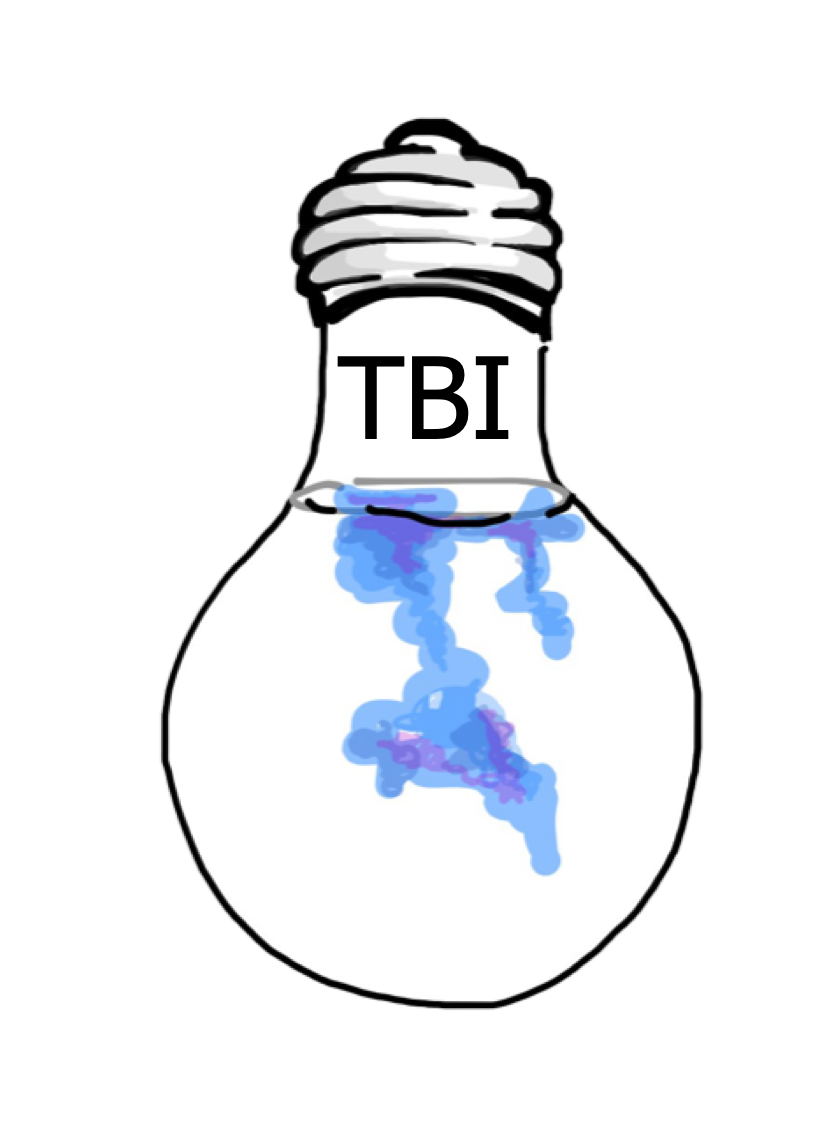Collaborating in the Endzone
Rollrule, CC BY-SA 4.0 <https://creativecommons.org/licenses/by-sa/4.0>, via Wikimedia Commons
FLHS Math Department: Alyssa Ivins, Efrain Rene, Caitlin Egger, Jen McDaniel, Cameron Merrill, Ben Phelps
Our math team has been working to help students investigate mathematical concepts through collaborative work and problem solving. We chose to focus on this challenge because so many students lack the confidence and skills to persist and struggle with difficult problems. We believe that effective collaboration is one of the skills that can help students navigate and persevere with complex tasks.
Specifically, we have identified the following key elements of “effective collaboration” that we hope to foster with our math students.
Taking responsibility for individual brainstorming and idea generation
Actively sharing ideas through collective discussion
Knowing when to lead and assert oneself and when to follow others
Recognizing good ideas, even when they’re not your own
Coming to a consensus on ideas, strategies, decisions
Endzone Activity
Most recently, we worked on a research lesson together called the “Endzone Activity” where students collaborated to solve a problem involving angles and parallel lines (Common Core Standards G-C0.1 and G-CO.9).
Lesson Storyline
Our lesson storyline included the following components:
Students worked individually on the EndZone activity and wrote down their thoughts with a red pen (5 - 10 minutes). Teacher circulated to encourage and support students without divulging answers.
Students worked in pairs on Zoom and in-person (3 feet apart). They began a QuickTime audio recording and discussed their individual ideas about how to solve the problem and what the correct answer was (5 - 10 minutes).
Students wrote down their consensus with a blue pen.
Students uploaded audio recording to Google Drive folder and the teacher collected the Endzone activity .
Teacher provided instruction on EndZone activity. Students used a black pen and wrote on a separate sheet of paper the correct problem-solving process and answers.
Next period: Students took a test over the material they learned in Chapter 3.
The Endzone review activity was designed to have students access prior knowledge of parallel lines and transversals, which they applied to a problem with multiple sets of parallel lines and angles. By requiring students to only write in red pen during individual think time, we placed a strong emphasis on each student coming up with their own idea(s). Then, students used sentence starters and their individual idea(s) to collaborate verbally with a partner/group to identify correct and incorrect ideas in each other’s problem solving process, concluding with writing their consensus in blue pen. Through this individual think time and collaborative time, our hope was that students would begin to identify correct and incorrect steps within their own work, allowing them to expand their knowledge of parallel lines and transversals and to prepare them for the upcoming assessment.
Lesson Results
After the lesson and final test, we debriefed observations, reviewed student work, and listened to QuickTime recordings from a sample of ten case study students. Our observations and analysis confirmed that using a red pen did encourage students to write down ideas and think about the problem independently, instead of waiting to get answers from a partner.
Students had to access previous knowledge throughout the lesson, and several students spent time looking at their notes to figure out answers.
Most students struggled to distinguish between correct and incorrect ideas, but, overall, the activity proved to be quite valuable in preparing students for the test. Eighty percent of students answered the questions correctly on the final assessment.
While some groups still struggled to collaborate, other groups were very productive at working together and thinking through problems. In these more productive groups, collaborating with a partner appeared to give students more confidence to think, persist, and work through solutions.



